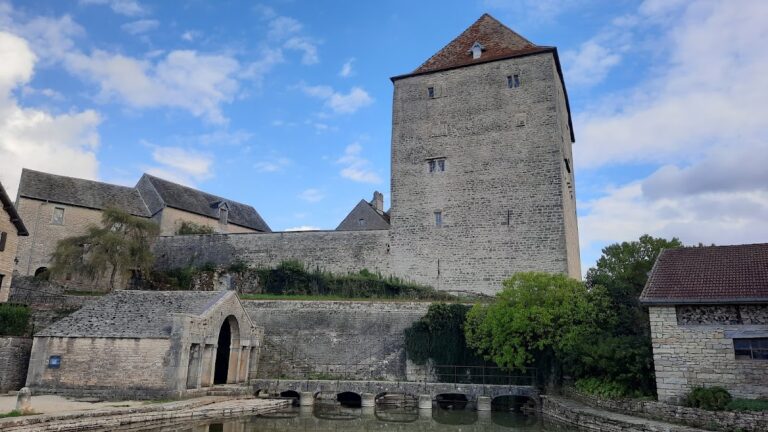Château de Filain: A Historic Noble Residence in France
Visitor Information
Google Rating: 4.4
Popularity: Very Low
Google Maps: View on Google Maps
Country: France
Civilization: Unclassified
Remains: Military
History
The Château de Filain is situated in the commune of Filain in modern-day France. It was originally built by the de Sacquenay family around the middle of the 16th century, using parts of an earlier fortified residence dating back to the 15th century.
During the centuries that followed its founding, the château served as a residence for several noble families. After the de Sacquenay lineage, the estate was occupied by the de Cointet family and later by the Camus family, who held the title of marquis de Filain. These transitions reflect the château’s role as a noble dwelling through the early modern period.
In the early 19th century, specifically in 1808, the property changed hands when General Baron Jacob François Marola purchased it. He is recorded for his military service in defending Besançon against Austrian forces during the French campaigns of the time. Baron Marola maintained ownership of the château for four decades, illustrating its continued importance as a familial and historical estate.
Throughout the 17th, 18th, and 19th centuries, the château underwent several alterations that adapted its architecture and internal layout to evolving needs and styles. Despite challenges to its status, the château’s historic importance was recognized beginning in 1927 when it was first listed as a historic monument. This designation was temporarily revoked but restored in 1944 with a higher classification, ensuring its protection and acknowledgment as a cultural landmark.
In 1980, the Montornès family acquired the estate and began a program of restoration. Their efforts extended beyond the building itself to the surrounding formal French gardens, which include distinctive features such as boxwood hedges and a rose garden named in honor of the château. This continuity of care highlights the château’s ongoing presence in the region’s heritage.
Remains
The Château de Filain occupies a site that originated as a fortified residence in the 15th century, designed with defensive measures typical of that era. The original structure comprised four round towers positioned at the corners, defensive walls encircling the perimeter, and dry moats serving as additional protection. These features reveal its initial function as a fortified dwelling intended for defense as well as habitation.
In the 16th century, the castle’s design was modified with the addition of two square towers and the removal of a wall that once enclosed the central courtyard. This change reflects a shift from purely defensive architecture toward a more open residential arrangement, likely accommodating both comfort and status.
Within the guardroom, a Renaissance-style fireplace stands out as a significant decorative element. This feature indicates the blend of fortification and domestic refinement, characteristic of noble residences adapting Renaissance artistic influences.
The château is set amidst formal French gardens laid out within a park surrounding the building. These gardens include carefully shaped boxwood hedges and a dedicated rose garden. The rose garden is notable for cultivating a rose variety that bears the château’s name, emphasizing the estate’s connection to traditional French garden aesthetics.
Since the 1980s, ongoing restoration by the estate’s owners has worked to preserve both the château’s structure and its gardens. Though detailed descriptions of the building materials and decorative elements beyond the Renaissance fireplace are not specified, the preservation efforts imply that the château remains structurally sound and carefully maintained.










